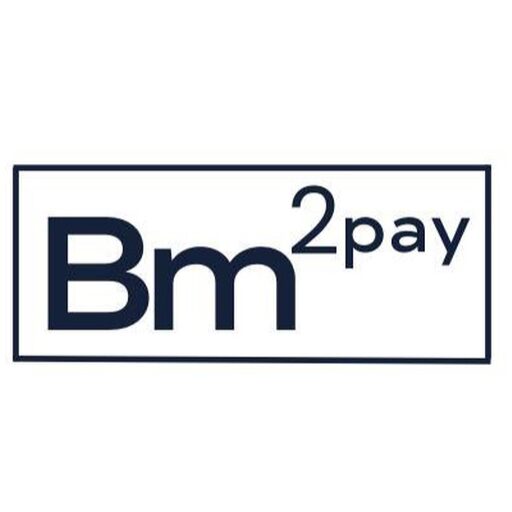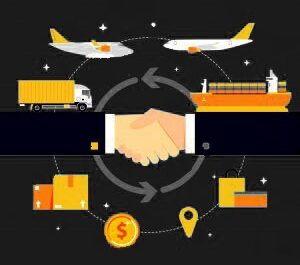The Asian e-commerce market is booming, and it is projected to grow to $1.6t by 2021. China’s online sales are expected to increase annually by 16.1% to $1.122t in 2021.South Korea’s e-commerce sales are predicted to rise by 11.9% annually to $50.7b in 2021. India is also an important market to watch out for as it is projected to leap from $35.62m in e-commerce sales to $82.7b in 2021, enabling it to claim the third place in Asia in terms of market share.
All this data sounds very enticing, and the opportunities appear to be endless. However, before entering these promising markets, make sure to study each of them carefully. Despite their geographic proximity, local purchasing habits and payment mentalities vary widely in Asian countries:
South Korea
There are 30.5 million e-commerce users in South Korea, and an additional 1.33 million users are predicted to shop online by 2021. Four years down the road, these e-commerce users are expected to spend an average of $1023 on online purchases. Today, over a third of South Koreans spend more than half of their monthly income on online shopping.
Due to the popularity of mobile phones and social media, online retailers would do well to reach out to potential customers there.
South Korean payment preferences
Electronic payments are very popular in South Korea. Social media payment methods are widespread, with 34% of shoppers using them for mobile online shopping. Bank payment apps are also a preferred payment method among 29% of the population. South Koreans favor alternative payment methods, wire transfers and electronic fund transfers. Native Samsung Pay is popular as well.
South Koreans of all ages use the Internet constantly. According to eshopworld, 96% of 16-24 year-olds, 100% of 25-34 year-olds, and 98% of 35-44 year-olds log on daily. Favorite online purchasing categories include fashion, toys, hobbies, DIY, online travel and home appliances.
China
China scored third in Fitch Solutions’ Global E-commerce Index. Its e-commerce sales are projected to grow annually by 16.1% to $1.122t in 2021. The e-commerce market is led by the Alibaba Group and its online commerce subsidiaries: Taobao, Alibaba, Tmail, Fliggy Corporate, 11 Main and AliExpress. In 2017, e-commerce represented $672 billion in terms of sales and 15.9% of the country’s share of total retail sales.
Internet penetration in China currently stands at 53%, and it is expected to expand to 68% by 2021. Smartphone penetration is 44% and it is projected to grow to 53% by 2021.
Today there are 589 million e-commerce users in China. By 2021, an additional 254 million users will join these online shoppers. E-commerce users are expected to constitute 74% of the total population. The average user currently spends $799 online, and this sum is expected to rise to $995 by 2021.
Interestingly, South Korea is the leading exporter to China with $131 billion in merchandise. Next come the US ($128 billion), Japan ($116 billion), Germany ($78.6 billion) and other Asian countries ($73.4 billion).
Chinese payment preferences
As opposed to India, for example, the Chinese are not very worried by data privacy issues when paying online. They are used to the government’s involvement in their personal lives. China leads the world when it comes to the use of alternative payments. E-wallets like Alipay or WeChat Pay account for 62% of the market share in China. Union Pay covers nearly 24% of the market. Lagging behind are credit cards (10%), bank transfers (8%), and cash on delivery (8%). Bank transfers are expected to replace credit cards as China’s second most popular payment method by 2021. Debit cards are predicted to rise from 4.5% to 7.1%.
India
India is the fastest growing market in the e-commerce sector. Revenue from online sales is expected to reach $120 billion by 2020, constituting a staggering annual growth rate of 51%. E-commerce growth is being spurred by a combination of rising smartphone penetration and the launch of 4G networks.
Some 40% of the population used the Internet last year, with an estimated 48% shopping online. In practical terms, this means there are 224 million online shoppers in India. By expanding into new sectors, e-commerce market leaders Flipkart, Amazon and Paytm Mall have given online sales a major boost.
When buying domestically and even cross-border, online shoppers in India generally buy inexpensive items such as clothing and shoes, mobile phones and toys. 66% of online shoppers only purchase items domestically, while 27% shop online both domestically and cross-border.
Indian payment preferences
Indian purchasers have privacy concerns and they lack trust in online payment security. Nor do they trust consumer reviews or product ratings. Outlying rural areas suffer from poor logistics and delivery, and large parts of the population in those regions are unbanked.
A significant section of the population (45%) prefers cash on delivery as a preferred method of payment. Debit cards claim some 17% of the market, followed by credit cards (12%) and online banking (9%). Mobile wallets are becoming increasingly popular and are expected to claim 15% of the market by 2020.
Photo courtesy of lifeforstock





